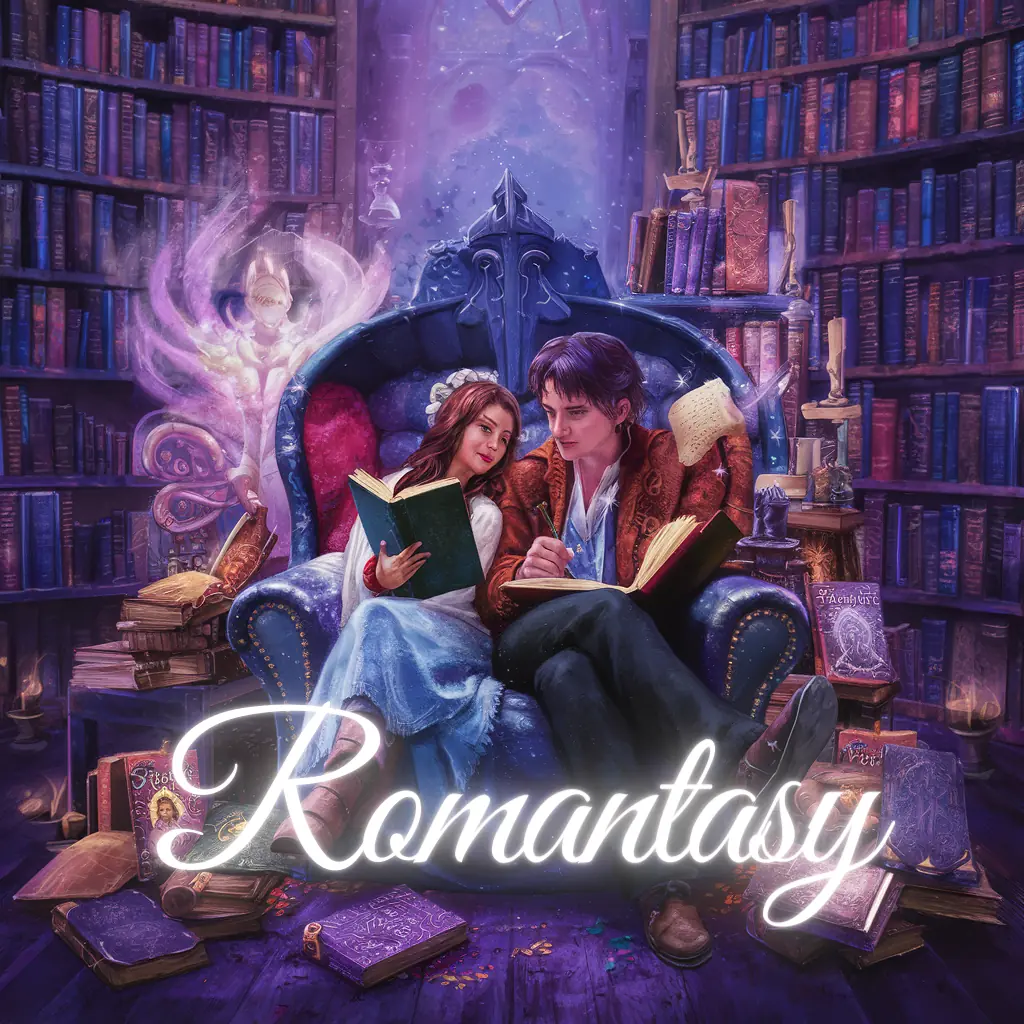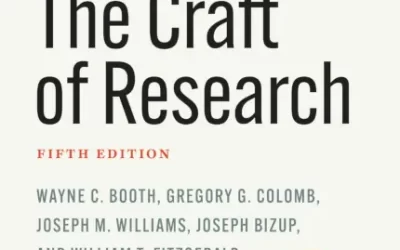Romantasy is a fiction genre that has recently been growing in popularity, particularly on Booktok (the book subsection of the TikTok social media app). But what is this genre, and how can you write a romantasy book that might become a best-seller?

Romantasy — a portmanteau of the words “romantic” and “fantasy” — is a commercial fiction subgenre that features elements of both romance and fantasy. While the story’s plot is primarily a fantasy, it should ideally provide equal emphasis on each set of genre elements, since these are fantasy romance novels. Additionally, each element should enhance the other, rather than overwhelm it. This genre’s stories traditionally cater to female readers, but they can be enjoyed by readers of all genders. And because romantasies are romantic fantasies, they may or may not follow all the rules of the romance genres. While the characters should fall in love and develop a relationship, a happily-ever-after ending is not guaranteed.
Before you decide to write a romantasy, you must be sure that you are enthusiastic about writing in this particular genre. If you are writing in this genre just to capitalize on a current trend, you risk turning off readers who might notice this insincerity. But if you are genuinely interested in writing a romantasy, you will want to begin by choosing which tropes to incorporate in your novel’s story. Consider the fantasy tropes that you enjoy, such as werewolves vs. vampires rivalries, faerie courts (i.e., kingdoms), or the strong female heroine who defeats the villain to protect the kingdom. Because this is a fantasy, you should also consider the detail level of magic systems, from strict rules with physical and material costs to no rules at all. Next, think about which popular romance tropes you want to incorporate into your story, such as Enemies to Lovers, Hurt and Comfort (i.e., one character providing comfort to another who is hurt), or Found Family.
After you have decided which tropes you want to use as building blocks for your story, you should read novels that contain all or some of these tropes, so you can better understand how they are incorporated within this genre. That way, once you know this standard formula, and have used it to form the backbone of your story, you can add the details of your specific world. You can take these details from many sources, such as religious texts, myths, fairy tales, ancient history, or even modern geopolitical conflicts (such as between Korea and Japan or India and Pakistan). Finally, you can mix everything together into a specific story you want to tell, such as Enemies to Lovers who must fight to protect their faerie kingdom.
Once you have built your world and decided upon your story, you need to populate the world with well-developed characters who express genuine thoughts and feelings and possess unique backstories and motivations. The characters should also have specific strengths and weaknesses that prevent them from being one-dimensional. Optionally, you may also consider introducing characters from diverse backgrounds – either racial, cultural, religious, pertaining to gender identity, or something else entirely. In this way, you can attract a larger audience by providing a more inclusive reading experience. Alongside the main characters, you should also weave secondary characters’ subplots into the story, as a way to introduce more information about your novel’s world.
When developing your novel’s plot, try to introduce clever plot twists in order to avoid cliches and predictability and consistently surprise your readers. If you decide to subvert expectations, you should do so in a manner that makes sense for the story (i.e., do not subvert expectations just to earn cool points). Other important elements to consider include the novel’s tone (either light or dark) and stakes (dangerous romantic drama or cozy love story). And because you are writing a romance, you must consider how sexual you want that romance to be. Do you want to attract readers of sweet romance by omitting sex scenes (or offering scenes that imply more than they show), or do you want to attract readers drawn to a spicier narrative?
No matter what type of romantasy you craft, have fun letting your imagination run wild!
By: Matthew Wade
Matthew is an Editorial Assistant at Technica Editorial




